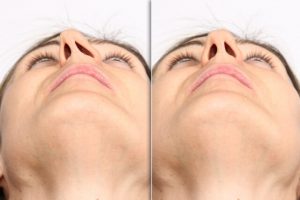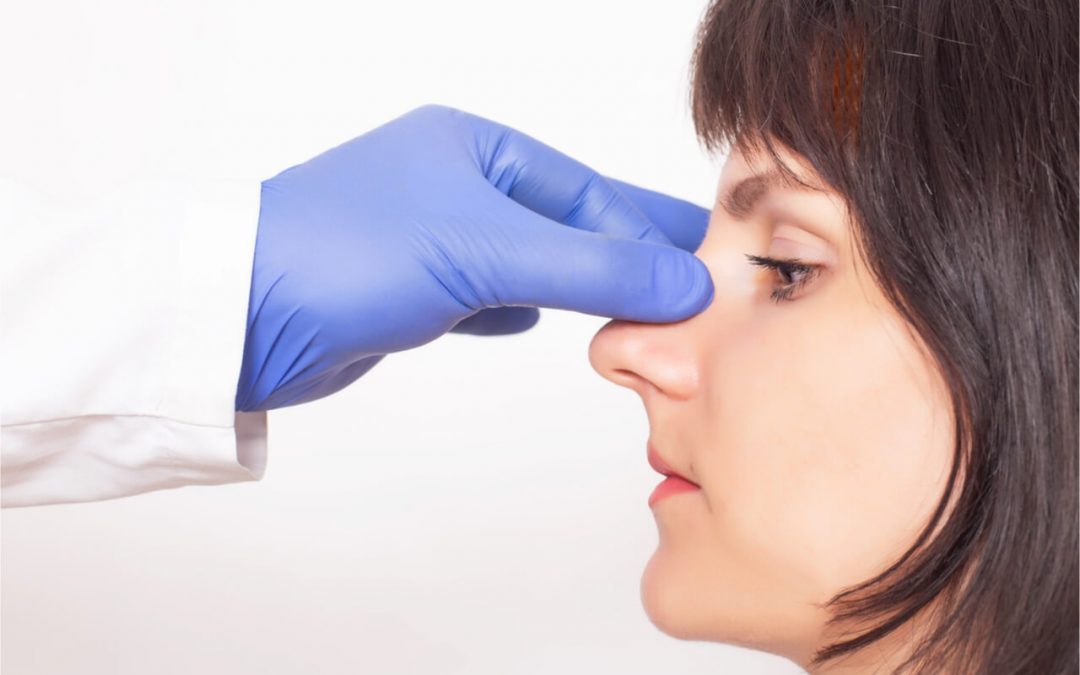Septoplasty surgery is a corrective surgical procedure done to straighten a deviated bone and cartilage called the septum. The septum is the space that divides your two nostrils. When your septum is off-centred or crooked, it is known as a deviated septum.
A deviated septum can block one side of your nose and reduce airflow, making it harder to inhale and exhale. When this happens, it can increase the risk of sinus infections or other complications.
During septoplasty surgery, your deviated septum is repositioned back to the centre of your nose. There are people born with a deviated septum, but it can also occur after an injury or trauma to the nose.
What are the symptoms of a deviated septum?
Nasal congestion is the most common symptom of a deviated septum. Nasal congestion is when the nose becomes stuffy and inflamed. With a deviated septum, one side is usually more congested than the other and also comes with difficulty breathing. Frequent sinus infections can also be a sign of a deviated septum. Other symptoms include frequent:
- Nosebleeds (without no known cause)
- Facial pain
- Headache (starts in the temple to the back of the head)
- Postnasal drip
- Loud snoring and loud breathing during the night (may also be related to a sleeping disorder, such as sleep apnea)
What happens in a septoplasty surgery?
Depending on the condition, a septoplasty surgery lasts around 30 to 90 minutes to complete. The doctor will put you under local or general anaesthesia during the entire procedure.
During the procedure, the surgeon will access the septum by making an incision on one side of your nose. They then lift the mucous membrane (mucosa lining) that serves as a protective covering of the cartilage and bone (septum).
The surgeon will then proceed to move the deviated septum towards the centre. If needed, excess pieces of bone and cartilage are removed as well. After that, they will then put the lining or the mucous membrane back in place.
Usually, securing the nose with cotton is enough to keep the septum and membrane in place. Other times, the patient may need stitches.
Are there any potential risks?
No major surgery is entirely risk-free. Septoplasty surgery carries risks, although side effects are rare, and the procedure is common and safe. Remember to check in with your doctor about the possible risks of the surgery before you proceed with the treatment. Additional surgery may need if complications occur or if the outcome does not match your expectations after the surgery.
Anyhow, the potential risks of septoplasty surgery are as follows:
- Continued symptoms, such as nasal congestion
- Excessive bleeding
- An altered shape of the nose
- Perforation of the septum
- A reduced proper sense of smell
- Scarring and thickened blood in the nasal
Recovering from septoplasty surgery

Elevate your head when you are sleeping to keep the swelling down.
Do not blow your nose for several days or weeks after the surgery.
Wear clothes that button up in the front to avoid pulling your clothes over your head.
Avoid intense activities and exercises to avoid getting a nosebleed. These activities can be jogging, intense workouts, or aerobics, etc.
What are the results of septoplasty surgery?
Success rates for septoplasty are greater than 80 percent, and up to 85 percent of people experience improvement in their nasal blockage after surgery. Your nasal tissues will be comparatively stable after three to six months since the procedure. Septoplasty surgery will help improve your symptoms caused by a deviated septum, such as difficulty breathing. Although, the improvement you can expect varies from person to person, and some people may find that their symptoms continue even after the surgery. Then, to further improve their nose and septum, they can choose to undergo a second septoplasty surgery.
Takeaway thoughts
A crooked or off-centred septum is common. A deviated septum that causes more complications, on the other hand, has to be treated, especially if a deviated septum causes difficulty in breathing. Septoplasty surgery straightens the deviated septum by repositioning, replacing, and sometimes trimming the bone and cartilage between your nose. You will experience improved and easier breathing after the procedure. If you were looking to get a septoplasty surgery, talk to our experts to discuss what septoplasty can do for you.


Recent Comments